

The Tetela people (or Batetela in the plural) are a Bantu ethnic group of the Democratic Republic of the Congo, most of whom speak the Tetela language.
The Tetela of Democratic Republic of the Congo are numbering 2,275,000 (Peoplegroups.org, 2024)
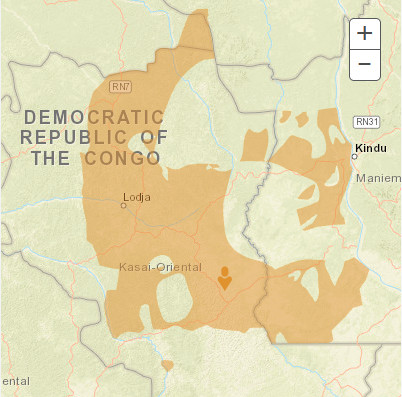
The Tetela people live between Lusambo and the Upper Zaire River in Sankuru and Maniema in the Kasai Oriental and Kivu regions of Democratic Republic of the Congo.
They are fishermen and farmers who raise cassava, bananas, and kola nuts. The Tetelas speak a Mongo language, which is part of the larger Bantu* linguistic family. The Tetelas are closely related to the Kusus and did not really separate from them until the late 1800s when Afro-Arabs and Belgian* colonial authorities arrived in the region. They had extensive contacts with the Afro-Arabs, and in the process many of them adopted Islam. The most famous Tetela in Zairean history was Patrice Lumumba.
The Batetela (Tetela), with the Basongo-Meno, constitute the Batetela branch of the Mongo nation in the broadest sense.
The names Balamba (Hamba) and Kusu (Bacusu, Bakoussou, Bakusu, Bakussu, Vuakussu, Wakusu), insists a source, are not subgroups but merely the alternative names for the Batetela as a whole.
This source gives only the Bangandu (Gandu, Ngandu), Djohu, and Watambulu as subgroups.
Two other sources list many more, notably the Dikonda, Ihunga, and Sungu in the south; the Olemba with various subtribes on the Lukenye River; and the Alanga, Bahamba, Omona, Shikondo, and Utungsala in the north.
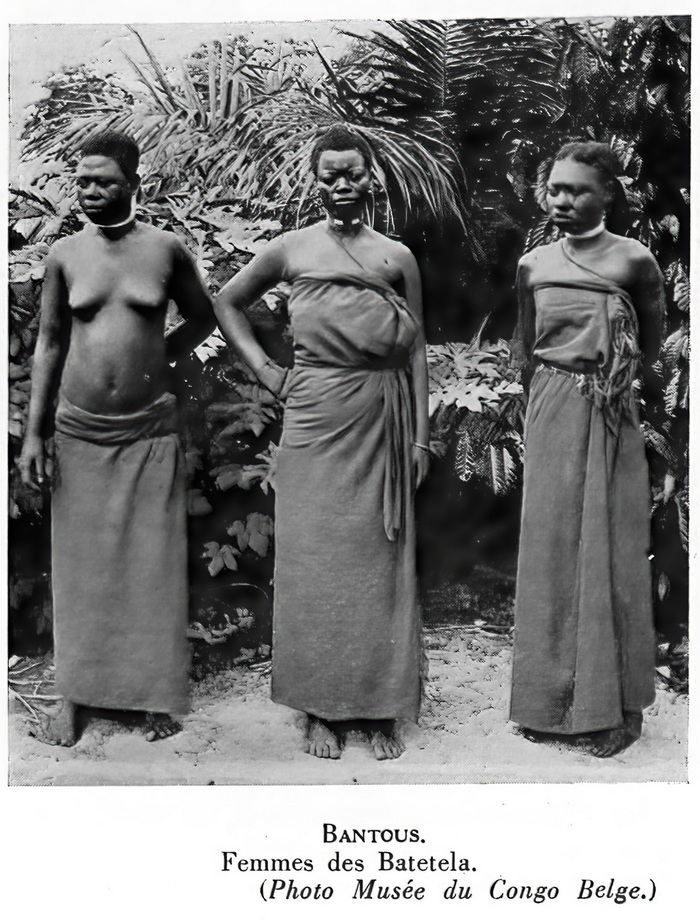
The Batetela live in the region between Lusambo and the Upper Congo River, in the provinces of Sankuru and Maniema. They live by fishing and farming, raising cassava, banana and kola nuts. They are related to the Kusu people, only separating from them in the late 1800s after the arrival of Arabs and Belgians in the region. Both the Batetela and the Kusu are subgroups of the larger Mongo group.
The name Motetela comes from a god named Motetela, meaning either "he who laughs not" or "he at whom one may not laugh." Like other Bantu groups, the Tetela have a large and colorful set of proverbs that are used for a wide variety of purposes, from rebuking to encouraging, usually by adults.
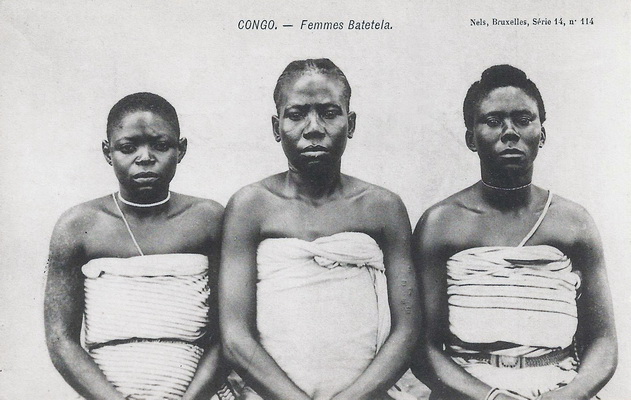
According to Emil Torday (who studied the tribes of the Congo between 1908 and 1909), the Batetela originated on the right bank of the Lomami River and migrated to their present territory at some unknown date. In 1869–70, some Tetela groups came into contact with Tippu Tip, an Arab slave trader from Zanzibar. Following this, the chieftain Gongo Lutete began working with Tip and the Arabs to lead the Batetela in slave raids against the Luba people in Kasai.
In the Congo Arab war of 1892–1894, the Batetela fought for the Arabs, but later defected to the Belgians. Gongo Lutete was executed by the Belgians in 1893, however, and this caused the Batetela to revolt in 1895 in the first of the Batetela Rebellions. Successive uprisings followed, lasting until 1908.
During the period immediately following independence, Patrice Lumumba, a Tetela, was a prominent politician and the first Prime Minister of the Democratic Republic of the Congo before his assassination in 1961. In 1975, many Batetela were purged from the military.
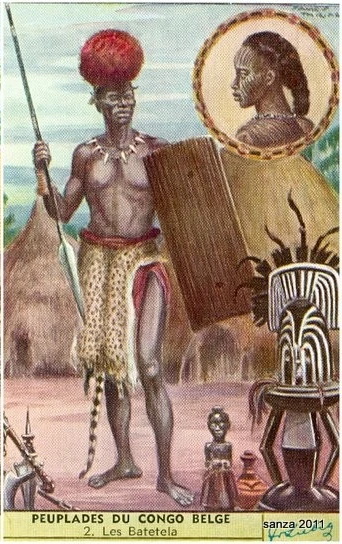
Basic Economy. Primarily agricultural. The staples are millet, manioc, plantains, and bananas — the first two especially in the south, the last two in the north. Peanuts, yams, and sweet potatoes also are important, and beans, peas, onions, rice, and maize are grown. Goats, chickens, and dogs (not eaten) are numerous and formerly also sheep (especially in the south); cats and pigs are mentioned incidentally and presumably unimportant. There is some hunting and a little fishing. Formerly there were cattle in the south.
Sex Division of Labor. The men hunt and clear the fields. The women do all agricultural work. Fishing is done by the women alone in the north and probably by both sexes in the south.
Property. The chief .forms of property are slaves, goats, metal ingots, and land. Land is owned nominally by the chiefs but really by the community. Copper money is used.
Inheritance is patrilineal — by the eldest son, then a brother or a brother's son, then a sister's son (perhaps a matrilineal survival). A brother is preferred to a son among the Olemba. Inheritance is reported by an authority to be matrilineal.
Set tlement Pattern. Settled villages of 10 to 100 huts, apparently not arranged in any regular order. Sungu and Olemba huts are round with conical thatched roofs. The Okale, Vungu, and other southern tribes, and the northern Batetela have rectangular huts with gable roofs thatched with leaves.
Community Organization. Local exogamy suggests patrilocal clan-communities.
Local Government. Local headmen, assisted by a council. Patrilineal succession by same rule as that prevailing for inheritance.
State. Territorial rather than tribal organization, with paramount chiefs imposed by Baluba and Basonge conquerors. The Sungu, for example, have a tribal chief with a council of elders, a prime minister, and subchiefs. The chief receives tribute.
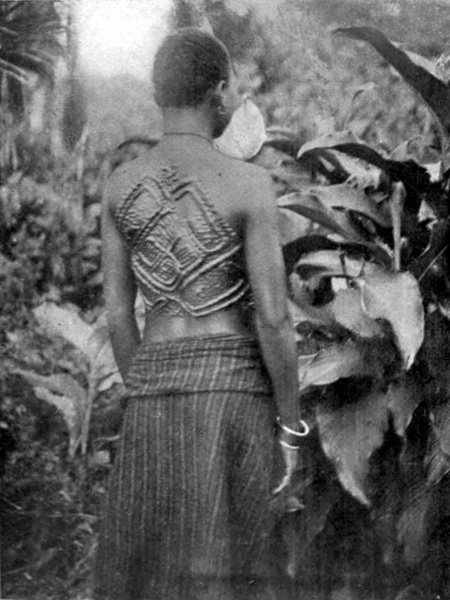
"Three types of drum are used by the Batetela, a Bantu tribe situated between the Lomami River and the Sankuru River in the Kasai Province of central Belgian Congo. The ngomo skin drum is used for dancing, usually accompanying the lukumbi, the six-toned slit drum. The ekuli, a small cylindrical two-toned drum, formerly used to signal victory in battle, is now used to call people to church and classes. The lukumbi is the most interesting and intricate of the three, and constitutes a highly developed poetic and musical art form as well as a means of communication".
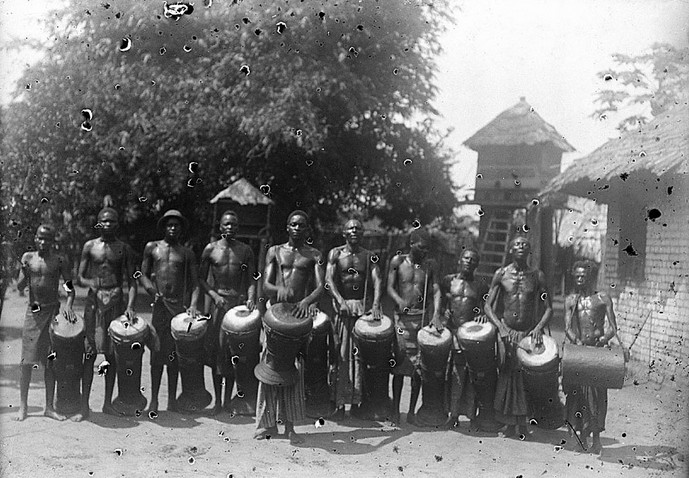
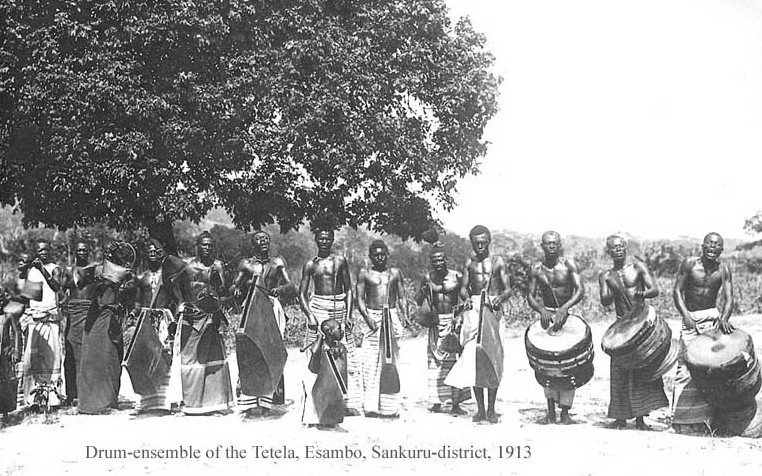
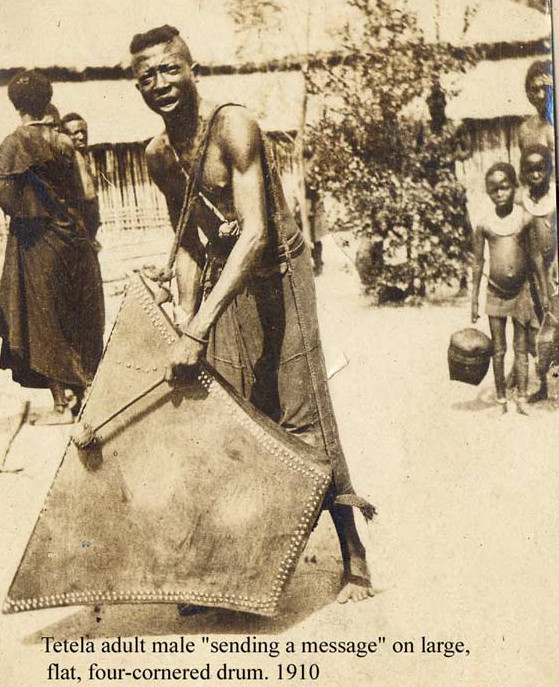
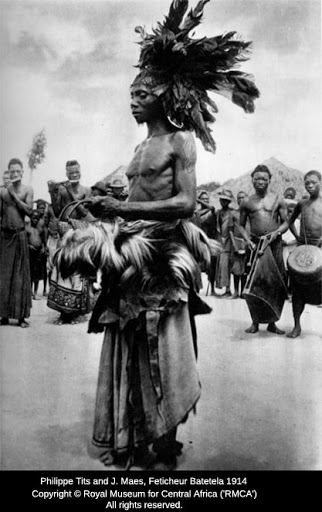
Sources: